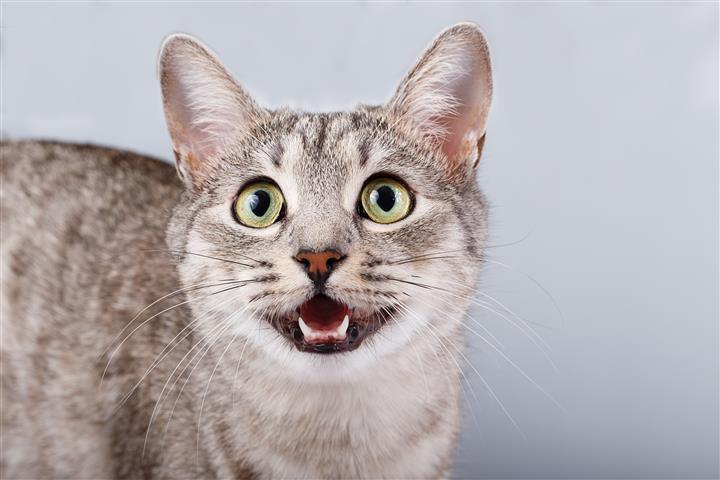Cat Care – Pet’s Teeth
 January 31, 2018
January 31, 2018
Periodontal disease (AKA dental disease) is a big concern for many cats and their loving owners. Pets Training & Boarding takes a look at how to help prevent and spot a problem with your feline friend’s teeth and gums.
Keeping your pet’s teeth in tip-top shape is very important. Not only for the health of their gums and mouth, but also for the entire system. Your cat’s teeth and gums are a gateway to their major organs and bodily systems. If you encourage bacteria and disease in the mouth, you can be opening a door to some pretty major problems later down the track including heart problems and even cancer.
Symptoms;
- Smelly pungent breath
- Swelling on the face
- Reluctance to eat hard foods
- Bad looking coat due to lack of grooming
- Weight loss
- Excessive licking/drooling
It is important to remember that dental disease is a very slow process and some of these symptoms may appear after a long period of time. If you suspect your pet is suffering it is vital you seek veterinary treatment and advice.
Prevention
Prevention is always better than a cure when it comes to periodontal disease. Initialising a good teeth cleaning routine is the best form of attack, but most pets will require veterinary intervention when it comes to their teeth at some stage in their lives. Daily brushing is a great way to help, however for some pet owners this practise is almost impossible depending on their pet’s tolerance levels. The good news is there are some wonderful products on the market that can help keep your cat’s teeth in good health. These include;
- Good quality hard food. Hard foods or biscuits help your pet crunch away the build-up around their teeth and gums.
- Specialised teeth food. This food is especially crunching and scientifically proven to help reduce the amount of tartar and plaque build-up around the teeth. Normally only available from your local vet.
- Raw bones like chicken wings. Similar to dogs this crunching has been shown to help keep the teeth healthy. Always supervise your cat and remove bones afterwards. NEVER feed your cat cooked bones.
- Cat treats. Some of these are also speciality designed to help prevent build-up around the teeth and gums.
Importance of Check-Ups
It is very important that your cat’s teeth are checked by a professional veterinarian on a yearly basis. The earlier you can see a problem the quicker it can be addressed before it causes your pet a huge amount of pain and discomfort.
Many vets will offer a teeth cleaning service, but it’s a good idea to double-check if this is cosmetic or will actually help fight periodontal disease. Many of the quick cleans (which are done without anaesthetic) are not as thorough as those done while your pet is sleeping.
Weigh up the disadvantages and advantages of the clean. Many pet owners do not like their pets being put under anaesthetic however, when it comes to the health of your pet’s mouth, it may be required to prevent additional problems and disease. The advancements in anaesthetic are pretty remarkable when it comes to our pets. Chat openly with your vet about your concerns, you’ll be surprised how often they come across this concern and the wealth of information they will provide to put your mind at ease.
TOP TIPS for TEETH
- Get your kitten used to having their teeth examined at home. But be very gentle when you open their mouths.
- Start the teeth brushing in kitten-hood. Younger cats will tolerate this daily event, however your older cat may not.
- Book your pet in for their yearly check-up and ensure you chat about the health of your pet’s mouth.
- If you suspect a problem seek professional help quickly. Cats are masters at masking their pain.
- Check your pet’s teeth and gums weekly. Teeth should be white and not stained with black or dark patches. Gums should be pink and healthy. Look for chipped or cracked and discoloured teeth. If the gums look red, bleeding or inflamed seek veterinary help.
